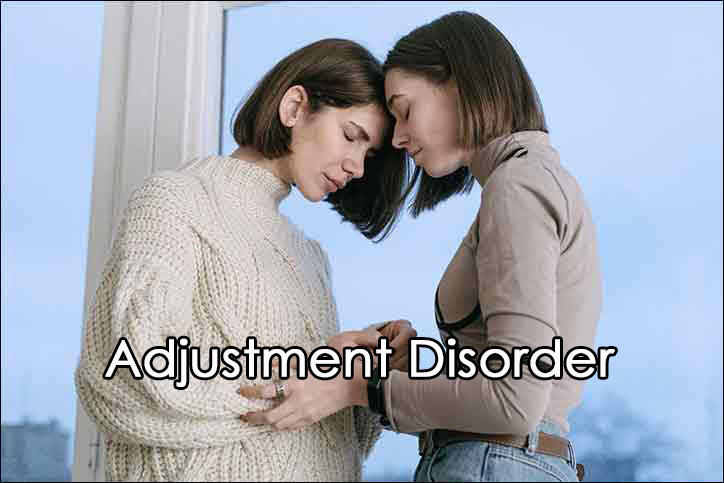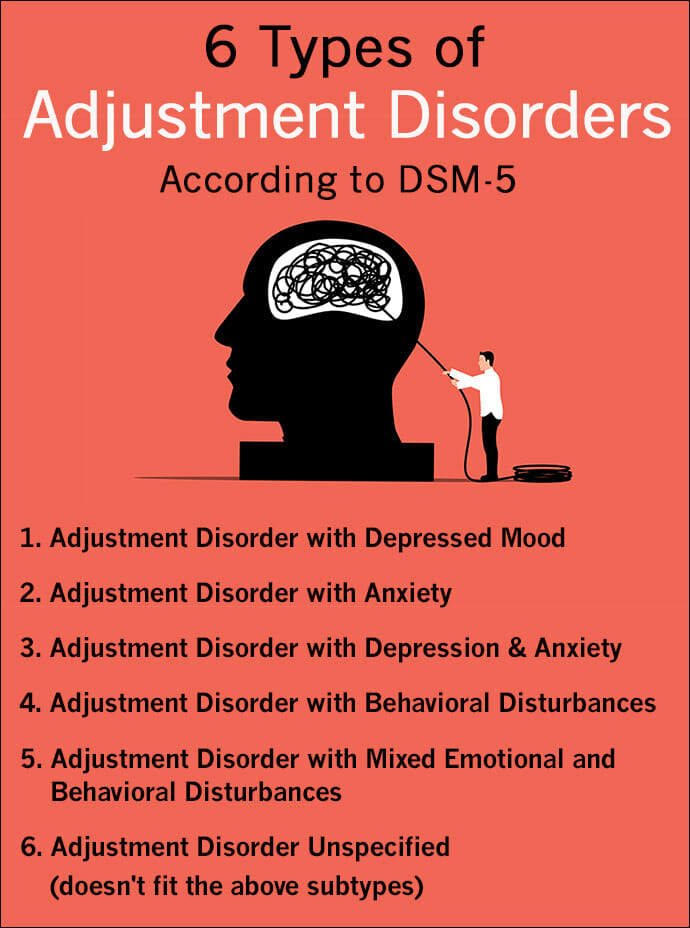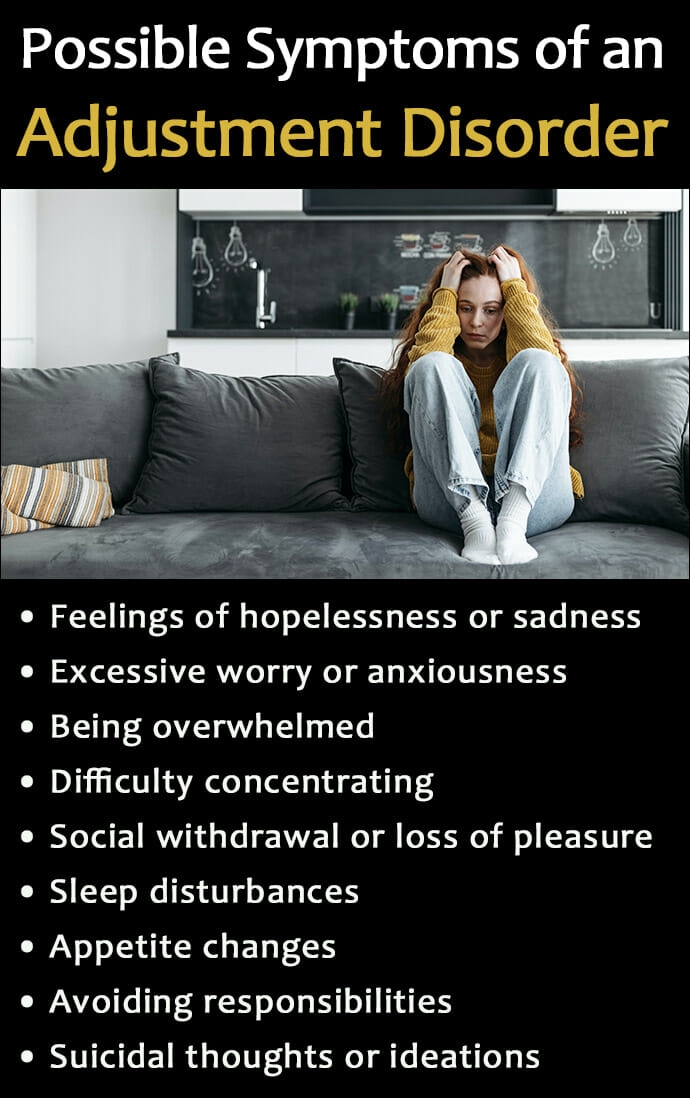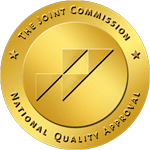Table of Contents
Adjustment Disorder is sometimes known as “stress response syndrome” and also “situational depression” because it is related to stress and shares some of the symptoms of depression.
Life is full of stressful, reality changing events. When these moments occur, it’s difficult for a person to envision their life moving forward in a healthy or positive direction.
It’s understandable that a person’s emotional and mental wellbeing can plummet in the face of these challenges and lead to stress response syndrome.
Whether a person experiences anxiety, depression, or behavioral changes like alcohol or drug abuse, battling an adjustment disorder can cause significant problems in a person’s day-to-life.
It’s also important to know that there’s absolutely no shame in experiencing problems after a life changing or stress-inducing event, and that adjustment disorders are entirely treatable.
What is Adjustment Disorder?
Adjustment disorder is an emotional or behavioral response to a stressful event or a change in a person’s life.
The responses to these events are typically seen as excessive or unhealthy.
Children and adolescents are particularly vulnerable to an adjustment disorder because in many cases they’re not mentally and emotionally developed enough to process a sudden life change effectively.
Adults also experience similar reactions to stress after life-changing events, such as trauma, the loss of a loved one, losing a job, or dealing with something like a chronic disease.
Just as there are different types of anxiety disorders, there are also several types of adjustment disorders.
Understanding the different types can help people recognize the condition, in either themselves or others, and reach out for help.
Adjustment Disorders in DSM-5
The Diagnostic and Statistical Manual of Mental Disorders DSM-5 identifies six types of adjustment disorders that are each based on the primary symptom a person is experiencing.
6 Types of Adjustment Disorder DSM-5
- Adjustment Disorder with Depressed Mood
- Adjustment Disorder with Anxiety
- Adjustment Disorder with Depression and Anxiety
- Adjustment Disorder with Behavioral Disturbances
- Adjustment Disorder with Mixed Emotional and Behavioral Disturbances
- Adjustment Disorder Unspecified – for cases that might not fit the above subtypes
There are a number of reasons why people develop this condition. What might seem stressful and life changing to one person can seem completely normal to another, which is sometimes why people are afraid to admit that they’re struggling with change or stress.
Causes of Adjustment Disorder
Every person is uniquely different, and each individual will vary in experiences, vulnerability, coping skills, and temperament.
Because people are never in the same phase of development, their ability to deal with a specific life stressor is not always equal to the same capability of others. That is not something to feel any embarrassment or shame about, though.
Since every person is different, there usually aren’t any single causes of adjustment disorder, but often several.
In addition, a person’s background can make them more vulnerable to the condition.
For example, people who had a traumatic or stressful childhood may be more likely to experience stress response syndrome. The same is true for those who struggle with other mental health problems, or are dealing with several stressful events at one time.
Causes of the condition can occur from the following:
- Life threatening events, such as physical or sexual assault, witnessing violence, dealing with a disaster, or displacement by war
- Dealing with divorce, marital problems, or other relationship issues
- Major life changes, such as developing a serious disease, having a child, going away to school, or retirement
- Negative events, like financial struggles, the loss of a loved one, or sudden unemployment
- Environmental problems, such living in dangerous neighborhood, living with someone who is chronically ill, or dealing with a rough work or school environment
All of these issues can be extremely stressful and lead to a spectrum of symptoms in people attempting to cope with them.
While some causes of adjustment disorder may seem very similar to those of PTSD, they are considered different conditions based on the timing and duration of symptoms.
Adjustment Disorder Symptoms
Adjustment disorder symptoms will vary from person to person, though a primary indicator is experiencing more stress than would normally be expected in response to an event, leading to serious life issues.
Symptoms of Adjustment Disorder can include:
- Feelings of hopelessness, frequent crying, and sadness
- Excessive worry, anxiousness, feeling nervous and jittery
- A sense of being overwhelmed, difficulty concentrating, or making decisions
- Social withdrawal, as well as a loss of pleasure in activities and people once cherished
- Sleep disturbances, like sleeping too much or being unable to sleep
- Appetite changes, eating too much or too little
- Avoiding responsibilities, such as going to work, paying bills, or meeting other commitments
- Suicidal thoughts or ideations
Adjustment disorder symptoms can also include an increase in drug or alcohol use as a way to self-medicate difficult emotions.
This can be serious because this behavioral change may lead to a substance induced mood disorder, which will only worsen the co-occurring symptoms.
Adjustment Disorder Treatment
Gritting your teeth and living with stress response syndrome is entirely unnecessary because there are effective adjustment disorder treatment approaches.
In many cases, simply seeing a counselor and discussing the causes and symptoms can provide a better perspective and relief from symptoms.
In other cases, treatment approaches that combine cognitive behavioral therapy (CBT), which helps people identify and alter negative or inaccurate thinking, can be incredibly effective.
Antidepressant or anxiety medications can be helpful for some people, especially when combined with behavioral or talk therapy.
Group and family therapy sessions might be appropriate and will help a person realize that they’re not alone in experiencing stress related to a life-changing event.
Practicing good lifestyle habits, such as eating healthy foods, exercising, and maintaining a proper amount of restful sleep have proven to reduce stress, anxiety, and depression.
Mental grounding techniques can be beneficial for dealing with the stress and depression that accompany the condition.
Finally, for those struggling with a combined substance use disorder and stress response syndrome together, dual diagnosis treatment for both conditions may be necessary for a healthy recovery.
Without dual diagnosis treatment, there is a greater likelihood that one or both conditions may return.
Adjustment disorder treatment approaches will help find relief as soon as possible and minimize the chances that it develops into something more serious like a major depressive disorder.
Frequently Asked Questions
Is adjustment disorder a mental illness?
Yes, it is recognized as a mental health condition in the DSM-5 as a severe reaction to a stressful life event and meets specific criteria.
- Symptoms occur within 3 months of a distressing event
- The stressful reaction is more severe than normally expected
- It causes significant impairment
- The symptoms are more intense than normal grieving and do not fit another mental health condition
Is adjustment disorder a mood disorder?
No, adjustment disorder is classified as a ‘trauma and stress-related disorder’ and not a mood disorder.
It generally occurs within three months of experiencing a stressful event and it is sometimes confused with mood disorders because the symptoms often include anxiety or depression.
What is adjustment disorder with anxiety?
Adjustment disorder with anxiety is a subtype or form that includes excessive anxiety as one of the main symptoms.
It differs from typical anxiety disorders because the cause of the condition is tied to a specific stressful event that occurred within the past 3 months.
How long does adjustment disorder last?
An acute adjustment disorder lasts less than six months after the event that caused the distress has ended, while a chronic condition can last for longer than six months.
If the stressful event that caused the condition continues, it’s possible for the symptoms to last longer until the event has been resolved.
For prolonged and persistent symptoms, treatment is necessary to avoid progressing to a more severe condition.
Is there a connection to addiction?
Yes, there is a strong connection to addiction, and people who experience adjustment disorders are at an elevated risk for developing a substance use disorder.
It’s common for individuals to use drugs or alcohol to numb the symptoms and cope with the distress.
Substance use may help in the short term, but over time, it can make the symptoms worse and prolong recovery of the condition.





